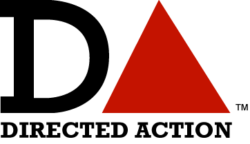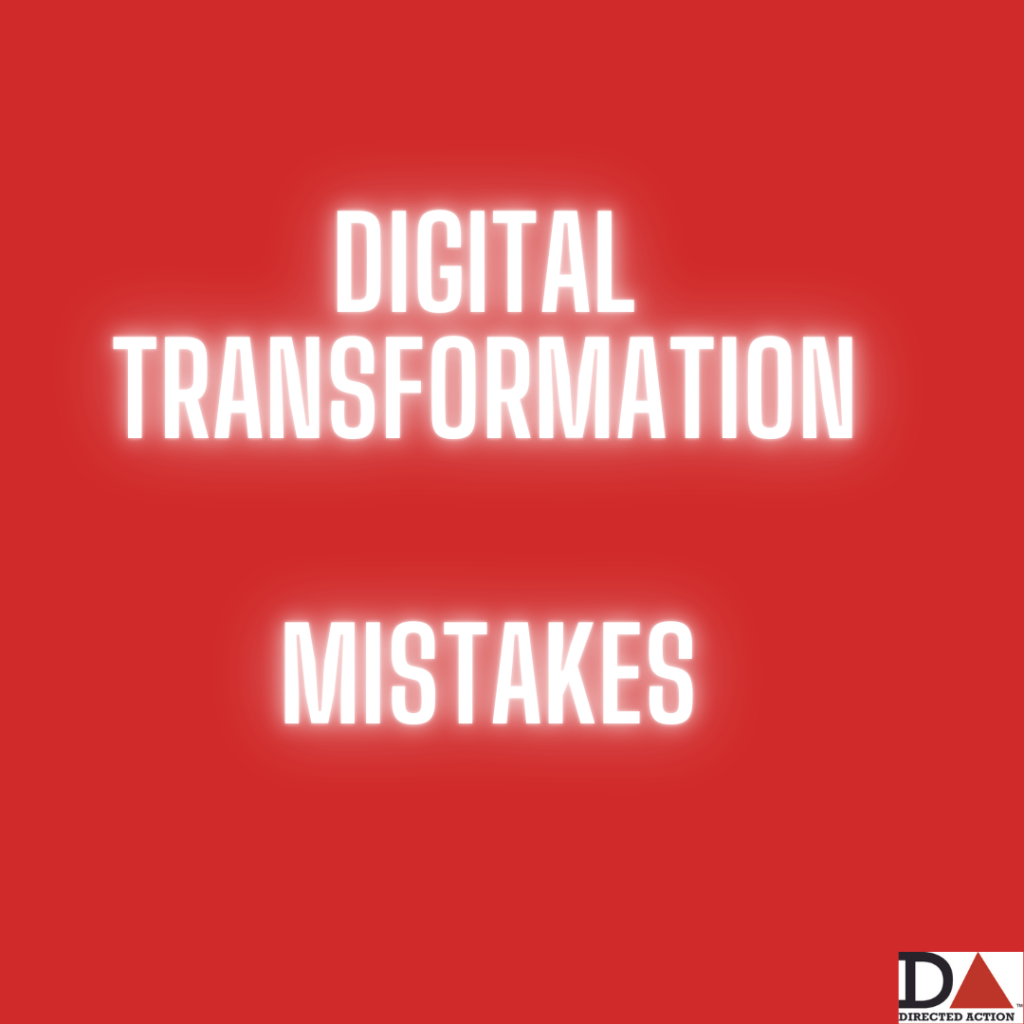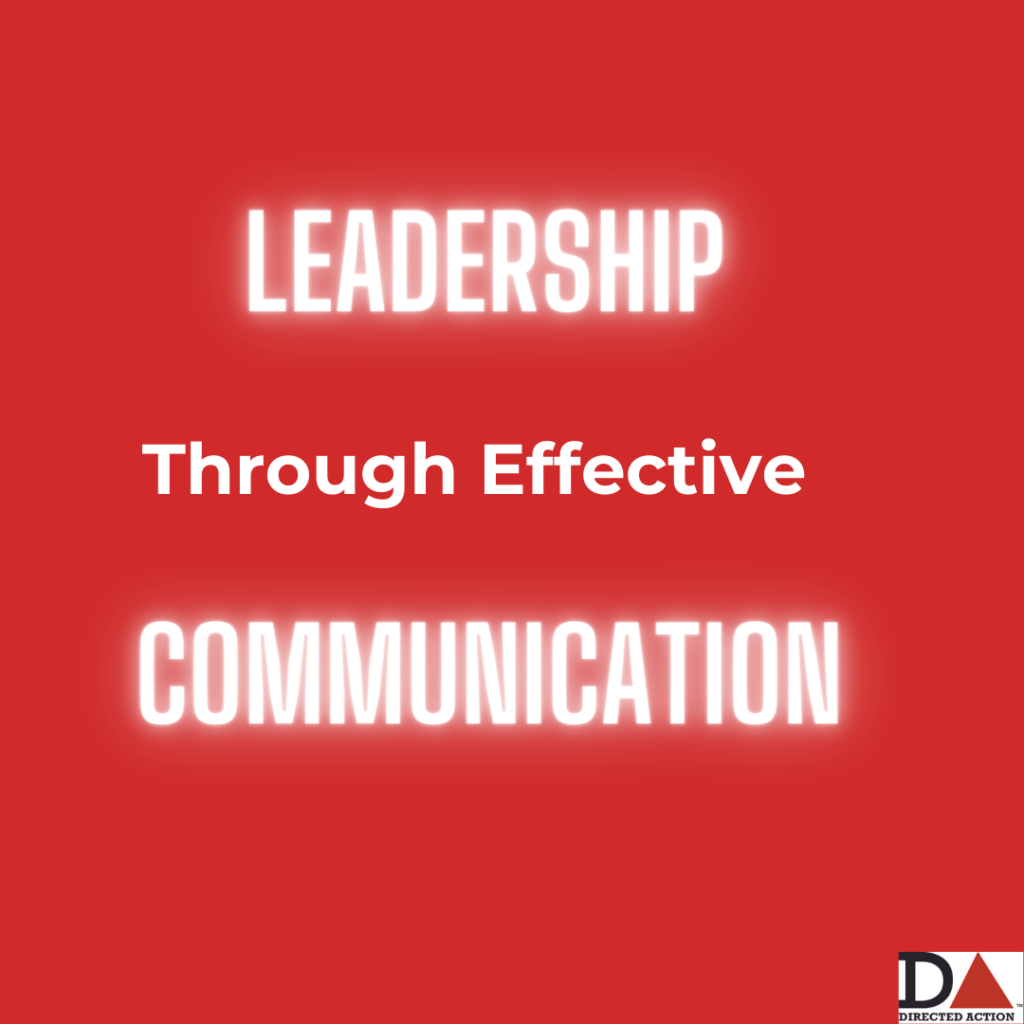Toyota Transformation
When Toyota North America launched a strategic objective, “One Toyota” to create more unified operations in North America, they hired Directed Action, Inc. (DAI) to guide the transformation.
The project brought together their quality engineering, sales, marketing, financial services, and corporate functions into one single new headquarters location in Plano, TX. TEMA merged with Toyota Motor Sales, USA (MS), and Toyota Motor North America, Inc. (TMA), which controlled Toyota’s corporate functions, to form Toyota Motor North America.
Over 2 Billion dollars was spent building the new corporate campus, moving 4,000 Toyota team members to Plano, Texas and hiring 1,000 new local team members to work together under the new “One Toyota” model. The newly appointed regional CFO of Toyota needed a blueprint for building a team to enable governance, communication, and talent management capabilities for the newly formed Accounting and Finance organization of legacy employees from the sales and manufacturing organizations as well as new employees hired from the local area.
DAI provided that blueprint.
DAl consultants recognized that organizational dynamics were influenced by strong legacy cultures. In order to seamlessly incorporate the new staff, we had to be sensitive to the fact that newly promoted employees now served in supervisory and management positions.
In addition, there were many new hires, a realigned organizational structure and emerging corporate expectations for accounting and finance. As part of the blueprint, our consultants:
- Established a vision and strategy for regional accounting and finance organization operations;
- Implemented a new communication strategy;
- Aligned directors and executives on cultural and operational expectations;
- Developed and implemented a talent management approach ;
- and coordinated and integrated related initiatives.
What this means for companies today
Your transformation probably doesn’t look like Toyota’s. With large organizations, no two transformations look exactly alike. What we can be certain of is that whether your company is hiring (or letting go) thousands of employees, merging or acquiring another company or implementing a new technology solution, your employees will benefit from the vision, strategy, communications, and alignment work we did with Toyota.
Preparing the Next Generation Workforce
I interviewed two business leaders, Damon Aldrich, Sr. Director Energy Transformation for Walmart and Liz Dadanian, Chief People Officer, Go Guardian, about the trends and challenges with disruptive technology and we touched on skills that our next generation of employees will need to adapt to change. Here’s a brief excerpt from that conversation:
[00:14:56.020] – Damon Aldrich
Yeah. I feel like I’ll be meandering into Liz’s area maybe a little bit too much here, but educating and just education, the topic of education and training is looming very, very large in our business. I mean, take, for example, Liz was talking about the pace of advancement of technology, so much of which is not visible to the naked eye. If you talk about the collision and repair business in the automotive space is a good example. How does one diagnose a problem with a vehicle if you can’t see it? You have to have diagnostic tools. You have to be trained in using diagnostic tools. You have to be aware of the safety issues, say, for example, on a fully electrified vehicle, it’s very high voltage electricity there. You go back into what really becomes almost like a supply chain issue. Is there the requisite training programs and structures and mechanisms? I think, Liz, you brought that up in place to pivot, to make the change to actually bring about the type of preparation for the folks that are going to be working in this new environment. Now, you could say that that’s going to be applicable very much so.
[00:15:59.490] – Damon Aldrich
I have a rising college freshman next year. We talk a lot with our kids about preparing for careers of the future, what trends are emerging. And the one that’s the most prominent, I think, in my mind, this is a huge one for everyone to keep in mind is that I used to think of, and I think a lot of people used to think of education as something you do once and then you move on with a career and you’re done with your education. And now you really have to educate yourself almost in real time to maintain a certain cutting edge, well, competency, much less cutting edge, knowledge base on something to remain competitive and to remain a value add in your profession and even to operate in society. I think everyone’s greatest fear is to become subject to technology that they need to use that they functionally can’t use. I think this is probably one of the biggest topics of our time.
Companies are struggling with employee engagement
Those of us who work with employees through large-scale transformations can separate time into two categories – pre-pandemic and post-pandemic. While before 2020 much of the power to dictate norms came from management, now labor has increasing power in the market and workers. With that comes a shifting of expectations and engagement of employees, even before companies attempt a major tech or workforce transformation.
In addition, workers are less engaged than ever and initiatives designed to help often make the problem worse. Before you attempt your company’s transformation, you need to take the temperature of your employees and assess how prepared you are as a company for the changes.
Strategies for assessing employee engagement
- Surveys:
- Conduct regular employee engagement surveys using well-designed questionnaires. Include questions related to job satisfaction, work environment, communication, career development, and overall job engagement.
- Use a mix of quantitative and qualitative questions to gather both numerical data and insightful comments.
- While surveys can be valuable tools, if they are the only tool, they can have a detrimental effect on employee engagement because they offer limited context, lack of real time insights, or can suffer when participants experience survey fatigue.
- One-on-One Interviews:
- Schedule individual meetings with employees to discuss their experiences, challenges, and suggestions.
- Allow employees to express their opinions openly, which can provide valuable qualitative insights.
- Focus Groups:
- Form focus groups with employees from different departments and levels within the organization.
- Facilitate discussions on specific topics related to engagement to gather diverse perspectives.
- For both focus groups and interviews, having a third party conduct assessments can allow for a more authentic conversation without fear of response bias (saying what the interviewer wants to hear) that might come from managers or senior level staff conducting the interviews.
- Performance Metrics:
- Analyze performance metrics and key performance indicators (KPIs) to identify trends related to employee engagement.
- Look for correlations between high performance and positive engagement indicators.
- Some performance metrics emphasize quantity rather than the quality of work. Employees may meet quantitative targets, but it doesn’t necessarily mean they are fully engaged or find meaning in their work.
- And the opposite may be true, performance metrics that reward highly individualized performance may not account for teamwork that is necessary to make those successes happen.
- Feedback from Managers:
- Gather feedback from managers about the engagement levels of their teams. This can provide insights into specific areas that may need attention.
- Include feedback on attendance and turnover rates.
- Social Network Analysis:
- Use social network analysis tools to understand communication patterns within the organization. Identify if there are any isolated or disconnected groups.
- Some tech solutions offer social listening but as with these other tools, they are best used in concert with qualitative and personal methods of assessing engagement rather than alone.
- Recognition and Rewards Programs:
- Assess the effectiveness of recognition and rewards programs in place. Evaluate whether employees feel acknowledged and appreciated for their contributions.
- Benchmarking:
- Compare your organization’s engagement levels to industry benchmarks or best practices to understand where improvements can be made.
- Employee Development and Training:
- Assess the availability and effectiveness of development and training programs. Engaged employees often value opportunities for growth and learning.
- Technology Tools:
- Use employee engagement platforms or software tools that provide real-time insights into employee sentiment and engagement levels.
There are pitfalls to using any one of these tools in isolation but when taken together as part of a strategic vision and plan, companies can ensure that their workforce is ready and engaged for their next transformation.



